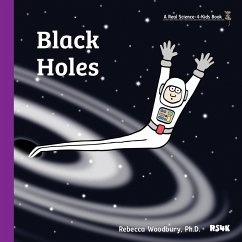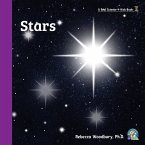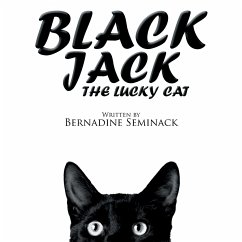A black hole is an object in space that cannot be seen because it sucks in everything near it, including light. It looks like a totally black area in space because no light escapes from it or bounces off it. Astronomers learn about black holes by observing the materials swirling around them and what happens to these materials. A black hole has a huge amount of gravity that pulls materials into it. A black hole can form when a big star reaches the end of its life in a supernova and explodes with the material from the supernova collapsing in on itself and falling into a tiny area. Having such a huge amount of material in such a small space creates a huge amount of gravity strong enough to pull whole stars into the black hole. Astronomers think that anything that gets too near a black hole will undergo a process called spaghettification in which the object is pulled into the black hole and stretched out like a piece of spaghetti until it is pulled apart. It is likely that most galaxies have a black hole at the center with all the stars and other objects circling it. Pronunciation guide included. 24 pages filled with engaging, colorful illustrations. Reading Level 1-3, Interest Level 2-5, Word count 338, Lexile measure 720L.
Hinweis: Dieser Artikel kann nur an eine deutsche Lieferadresse ausgeliefert werden.
Hinweis: Dieser Artikel kann nur an eine deutsche Lieferadresse ausgeliefert werden.








